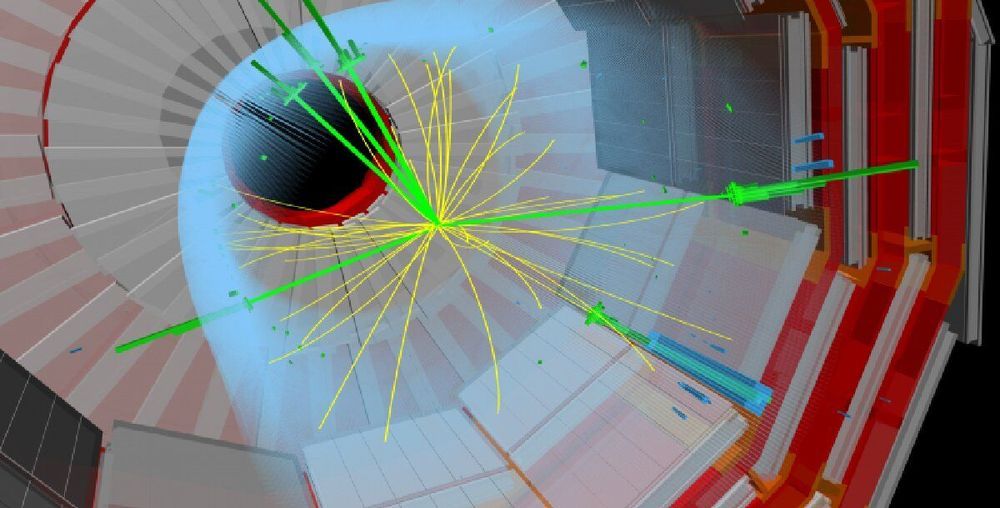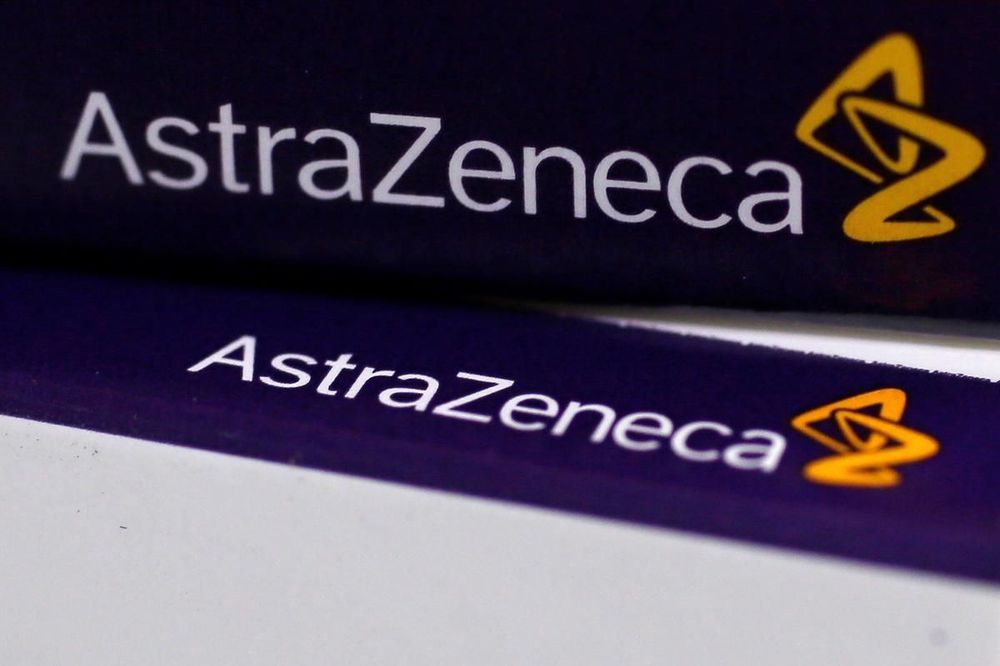A new study makes quantum encryption much more practical, and brings us closer to the dream of a latency-free internet.



A 50-year-old theoretical process for extracting energy from a rotating black hole finally has experimental verification.
Using an analogue of the components required, physicists have shown that the Penrose process is indeed a plausible mechanism to slurp out some of that rotational energy — if we could ever develop the means.
That’s not likely, but the work does show that peculiar theoretical ideas can be brilliantly used to explore the physical properties of some of the most extreme objects in the Universe.
Summary: Study identifies a different set of individual neurons in the medial frontal cortex that is responsible for memory-based decision making. The findings have implications for the treatment of Alzheimer’s disease, schizophrenia, and other disorders associated with problems in cognitive flexibility.
Source: CalTech
Most of us know that feeling of trying to retrieve a memory that does not come right away. You might be watching a romantic comedy featuring that famous character actor who always plays the best friend and find yourself unable to recall her name (it’s Judy Greer). While memory retrieval has been the subject of countless animal studies and other neuroimaging work in humans, exactly how the process works–and how we make decisions based on memories–has remained unclear.

Smart phone apps provide nearly instantaneous navigation on Earth; the Deep Space Atomic Clock could do the same for future robotic and human explorers.
As the time when NASA will begin sending humans back to the Moon draws closer, crewed trips to Mars are an enticing next step. But future space explorers will need new tools when traveling to such distant destinations. The Deep Space Atomic Clock mission is testing a new navigation technology that could be used by both human and robotic explorers making their way around the Red Planet and other deep space destinations.
In less than a year of operations, the mission has passed its primary goal to become one of the most stable clocks to ever fly in space; it is now at least 10 times more stable than atomic clocks flown on GPS satellites. In order to keep testing the system, NASA has extended the mission through August 2021. The team will use the additional mission time to continue to improve the clock’s stability, with a goal of becoming 50 times more stable than GPS atomic clocks.

It started with a blast.
On June 23, construction company Kiewit Alberici Joint Venture set off explosives 3,650 feet beneath the surface in Lead, South Dakota, to begin creating space for the international Deep Underground Neutrino Experiment, hosted by the Department of Energy’s Fermilab.
The blast is the start of underground excavation activity for the experiment, known as DUNE, and the infrastructure that powers and houses it, called the Long-Baseline Neutrino Facility, or LBNF.

Modern physics knows a great deal about how the universe works, from the grand scale of galaxies down to the infinitesimally small size of quarks and gluons. Still, the answers to some major mysteries, such as the nature of dark matter and origin of gravity, have remained out of reach.
Caltech physicists and their colleagues using the Large Hadron Collider (LHC) at the European Organization for Nuclear Research (CERN) in Geneva, Switzerland, the largest and most powerful particle accelerator in existence, and its Compact Muon Solenoid (CMS) experiment have made a new observation of very rare events that could help take physics beyond its current understanding of the world.
The new observation involves the simultaneous production of three W or Z bosons, subatomic “mediator particles” that carry the weak force—one of the four known fundamental forces —which is responsible for the phenomenon of radioactivity as well as an essential ingredient in the sun’s thermonuclear processes.

Researchers at Rochester Institute of Technology have developed MathDeck, an online search interface that allows anyone to easily create, edit and lookup sophisticated math formulas on the computer.
Created by an interdisciplinary team of more than a dozen faculty and students, MathDeck aims to make math notation interactive and easily shareable, rather than an obstacle to mathematical study and exploration. The math-aware search interface is free to the public and available to use at mathdeck.cs.rit.edu.
Researchers said the project stems from a growing public interest in being able to do web searches with math keywords and formulas. However, for many people, it can be difficult to accurately express sophisticated math without an understanding of the scientific markup language LaTeX.


Elon Musk is hinting at Tesla Cybertruck being virtually amphibious, and it’s not clear if he’s actually kidding.
Sometimes, Musk makes comments about future Tesla products and features that can be hard to judge.
For example, it was hard to tell if he was kidding when he said that the next Tesla Roadster would be equipped with a cold air thruster, but that’s apparently happening.
